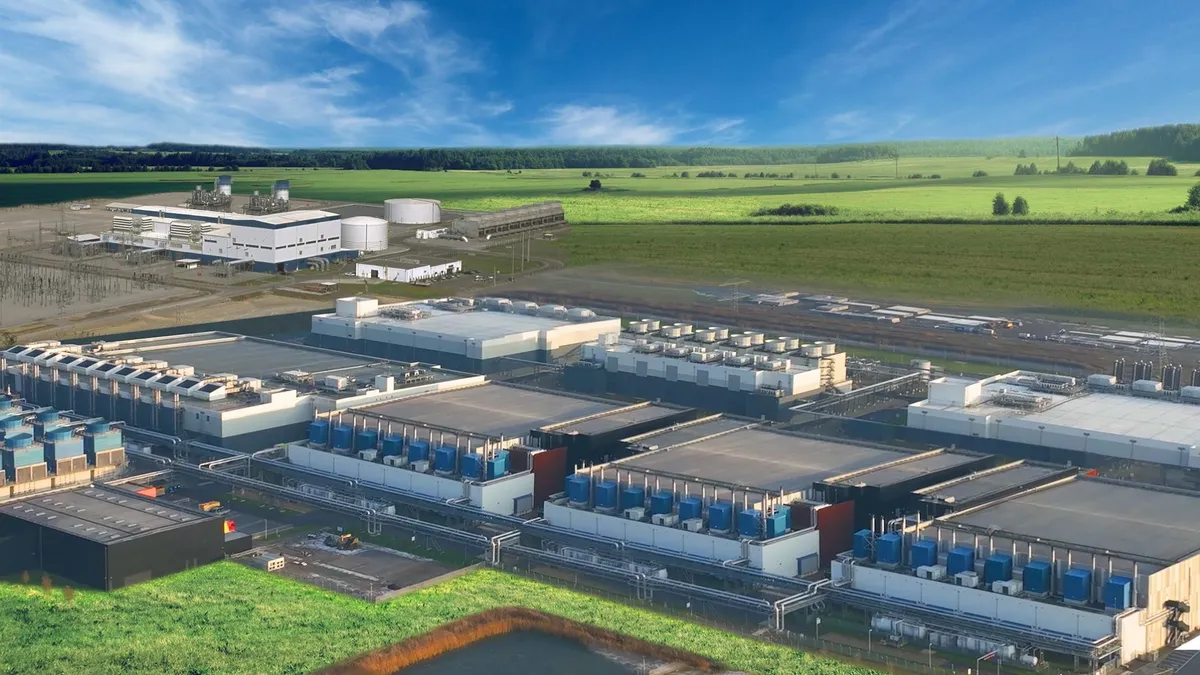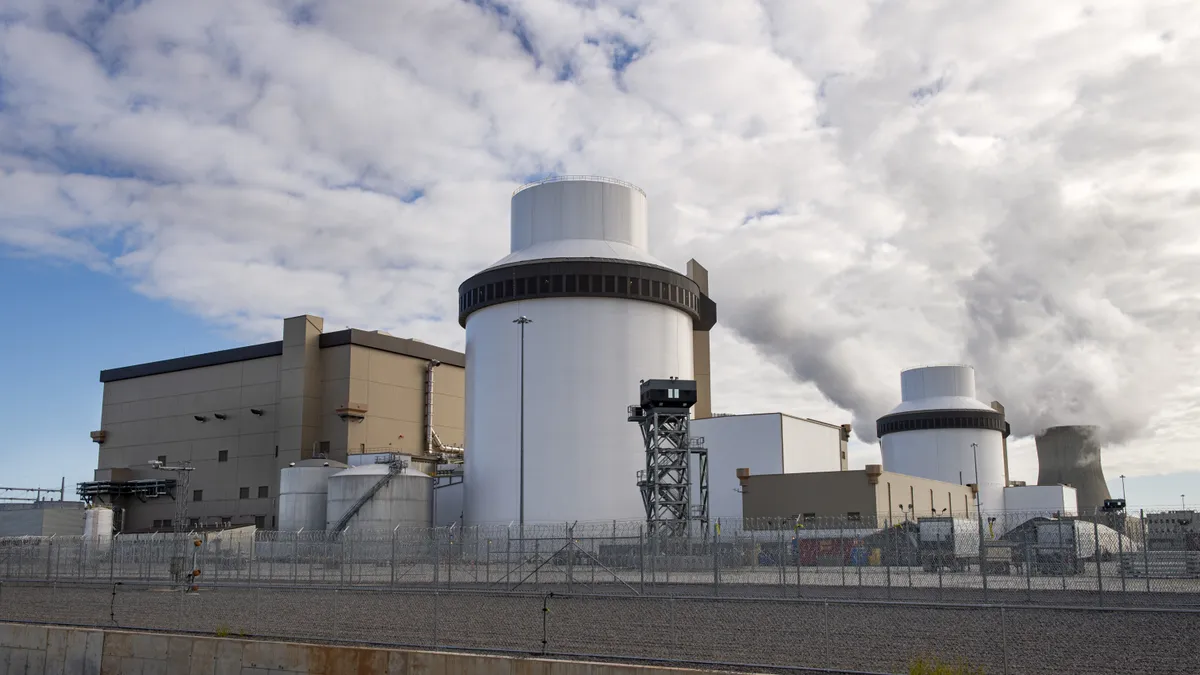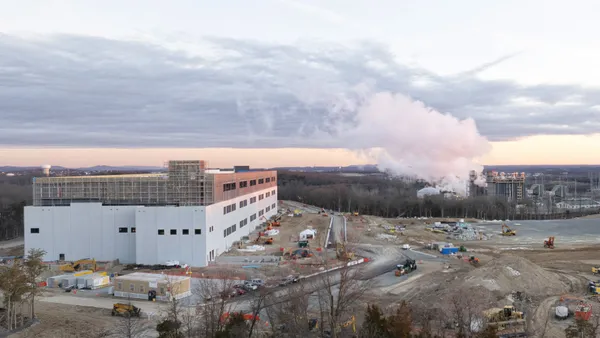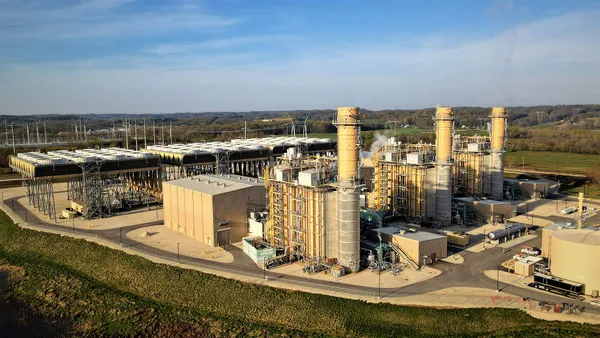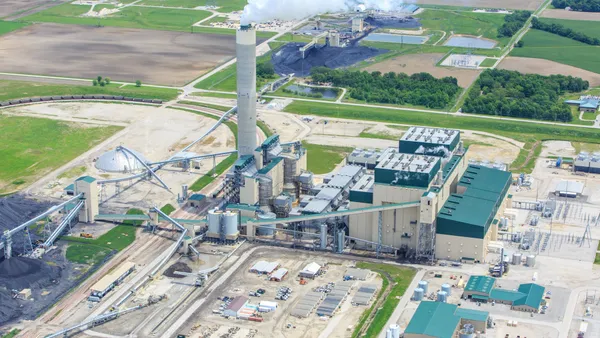Dive Brief:
- Overall U.S. generation M&A held steady in 2024, but the “pendulum” of investment has swung from renewable energy to natural gas and other dispatchable energy assets, according to Scott Wilmot, an energy analyst at Enverus.
- With Constellation Energy's purchase of 60 GW from Calpine, which Wilmot estimated had an enterprise value of nearly $30 billion, total generation M&A for 2025 has likely already exceeded that of 2023 and 2024. Generation acquisitions totaled $22 billion in both years, according to Enverus.
- This trend is likely to continue through 2025 as investors, utilities and corporations aim to build their portfolios of low-carbon generation assets to meet growing demand for electricity, Wilmot said.
Dive Insight:
The early 2020s opened the decade with large-scale acquisitions of renewable energy projects and portfolios, but 2025 is so far proving to be a banner year for natural gas.
Last week's deal by Constellation represents one of the largest acquisitions of generation assets in recent U.S. history — and it was likely driven in no small part by Calpine's sizable gas portfolio, Wilmot said. That represents a departure from the pre-2023 sales of competitive renewable energy portfolios by the likes of Duke Energy and AEP, but it's also in line with a shift in energy markets that has been building for the past year, Wilmot said.
According to data from Enverus, the total value of natural gas plant acquisitions exceeded $4.3 billion in 2024, up from $3.1 billion in 2023. And those figures likely underestimate just how many natural gas plants have changed hands in recent years — they don't count the value of plants sold as part of portfolios that included more than one type of generation resource, Wilmot said.
The value of all generation acquisitions and mergers did not change between 2023 and 2024, Wilmot said. Sales of solar generation remained mostly steady in 2024, but wind acquisitions declined somewhat, offsetting the increased natural gas activity.
“I feel like natural gas was a dirty word for a while. Everyone was so focused on emissions, the cost of renewables coming down, lucrative tax credits, and a lot of the focus on deal activity prior to late 2023 was on strictly renewable assets,” Wilmot said. “But now you have data centers and load growth entering the equation, and this is kind of like a fundamental turning point for how folks are looking at the grid.”
It's not just that the number of natural gas deals has increased. The value of individual gas plants has, based on last week's announcement by Constellation, roughly doubled since 2020, Wilmot said.
What buyers are willing to pay for other dispatchable energy resources, especially geothermal and nuclear, has also increased rapidly in recent years, according to Wilmot. However, he said these resources require long development timelines, and so the short-term growth potential for both remains limited. Natural gas, he said, is the easiest way for utilities and corporations to meet more immediate energy needs.
Renewable energy M&A, meanwhile, has seen a bit of a slowdown in recent months, and is likely to remain somewhat slow for the year to come, Wilmot said. Many financiers remain wary of these projects given the uncertain fate of tax credits create by the Inflation Reduction Act under the Trump administration.
“It really is a perfect storm for natural gas — rising demand, rising power prices, and increased risk around traditional renewables,” Wilmot said. “It's really easy to see why people are pivoting to natural gas in this climate.”




